Power at the end of the tunnel -
Electrifying underground mining
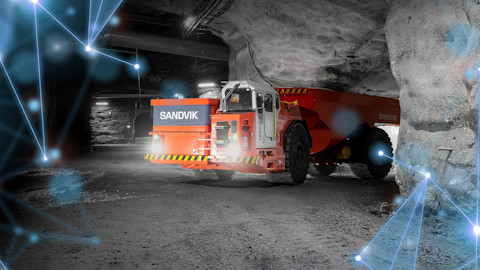
Building on its 40 years’ experience of electrification, Sandvik has continued to acquire industry-leading competence and expertise in BEV technology, which we are keen to share with mining companies as they seek to assess the benefits and opportunities, wherever they are in the journey.
Every mine has a capital purchase or a maintenance replacement coming up in the next few years, and they would be missing out if they decided not to investigate or pursue battery-electric technology
Jeff Lamarsh,
Mine Superintendent at New Afton mine
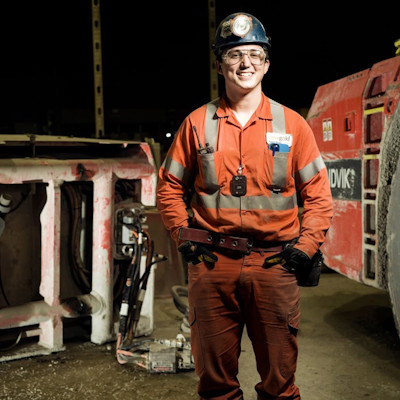
Generally, the business case for BEVs will be the most attractive in countries that have a high cost of diesel, a low cost of electricity, and who prioritize ESG issues.
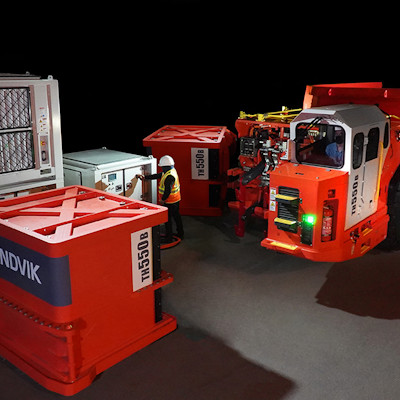
As many as one in three brownfield underground mines can expect to see a lower cash cost per tonne with BEVs* vs. an ICE** fleet already today.
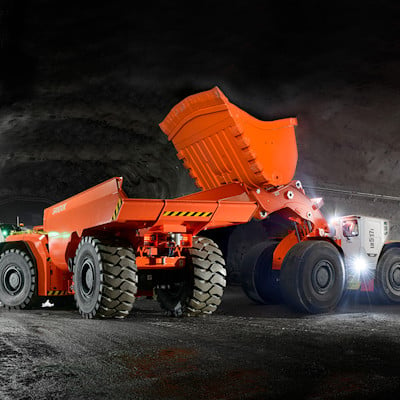
Hauling scenarios
While BEV economics ultimately depend on mine level variables, mining method, and ore body geometry, some general observations can be made regarding hauling profiles:
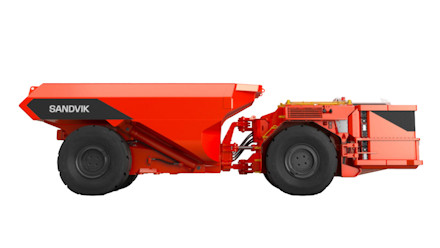
Flat hauling
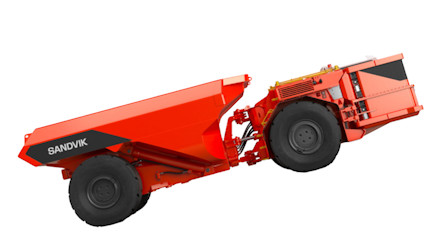
Upramp (full) hauling
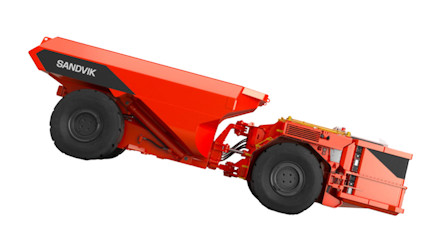
Downramp (full) hauling
-
Flat hauling
- Flat hauling is an attractive use-case for BEVs - no energy is required to overcome gravitation (as opposed to downramp or upramp scenarios
- As a result, this scenario is typically associated with less absolute average power and power variations over a cycle, resulting in less battery wear and longer battery lifetimes
-
Upramp (full) hauling
- This use-case unlocks the productivity benefits of BEVs through shorter cycle time on upramp sections
- These benefits can materialize in several ways:
- i. Lower capital cost: Fewer BEV vehicles may be required than with an ICE fleet, offsetting the higher unit price for BEV vehicles.
- ii. Shorter cycle times enable more production for the same number of vehicle hours, resulting in lower unit maintenance and labor costs.
- iii. Additional production: If the operation is truck constrained (because of number of maximum vehicles in cycle, ventilation etc.), benefits may be realized through incremental site production.
- Shorter and average length ramps will enable shorter cycle times without the need for extra charging infrastructure. Long and steep ramps may require additional charging stations and batteries.
- However, battery power consumption will be higher, potentially leading to unfavorable operating conditions (increased battery temperature and C-Rate), which could lead to more rapid battery degradation. Strong battery management practices for this use-case (and high intensity applications generally) are even more essential in this use-case (see section on battery management).
- This use-case may have a higher proportion of electricity costs given the more frequent recharging requirements, although this is somewhat offset through regenerative braking when traveling empty downramp. This use-case also implies greater diesel savings given that ICE equipment typically has higher burn rates on upramp haul.
-
Downramp (full) hauling
- This use-case is the least sensitive to electricity costs, given less frequent recharging requirements enabled by increased regenerative braking, as compared to the other use-cases. This also results in lower charging infrastructure costs.
- Batteries will still experience several charge and discharge cycles given the upramp empty sections (see figure 17), resulting in higher battery costs than for an equivalent flat haul cycle.
- However, significant savings on diesel energy costs are still realized, since energy is still required to overcome gravitation for the empty truck (typically about 40-50% of loaded weight).
Many of the factors that make BEVs competitive are expected to improve further over coming years. This includes rapid improvements in battery performance, durability, and cost; as well as stronger supporting policy frameworks for electrification.
Talk to our experts about how we can help you today